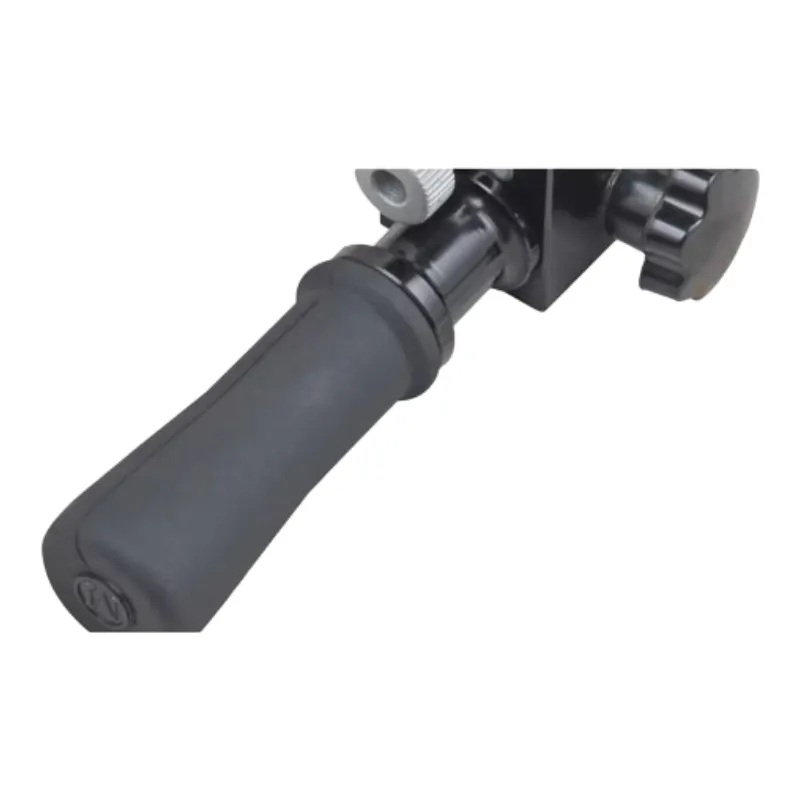
-
 Afrikaans
Afrikaans -
 Albanian
Albanian -
 Amharic
Amharic -
 Arabic
Arabic -
 Armenian
Armenian -
 Azerbaijani
Azerbaijani -
 Basque
Basque -
 Belarusian
Belarusian -
 Bengali
Bengali -
 Bosnian
Bosnian -
 Bulgarian
Bulgarian -
 Catalan
Catalan -
 Cebuano
Cebuano -
 Corsican
Corsican -
 Croatian
Croatian -
 Czech
Czech -
 Danish
Danish -
 Dutch
Dutch -
 English
English -
 Esperanto
Esperanto -
 Estonian
Estonian -
 Finnish
Finnish -
 French
French -
 Frisian
Frisian -
 Galician
Galician -
 Georgian
Georgian -
 German
German -
 Greek
Greek -
 Gujarati
Gujarati -
 Haitian Creole
Haitian Creole -
 hausa
hausa -
 hawaiian
hawaiian -
 Hebrew
Hebrew -
 Hindi
Hindi -
 Miao
Miao -
 Hungarian
Hungarian -
 Icelandic
Icelandic -
 igbo
igbo -
 Indonesian
Indonesian -
 irish
irish -
 Italian
Italian -
 Japanese
Japanese -
 Javanese
Javanese -
 Kannada
Kannada -
 kazakh
kazakh -
 Khmer
Khmer -
 Rwandese
Rwandese -
 Korean
Korean -
 Kurdish
Kurdish -
 Kyrgyz
Kyrgyz -
 Lao
Lao -
 Latin
Latin -
 Latvian
Latvian -
 Lithuanian
Lithuanian -
 Luxembourgish
Luxembourgish -
 Macedonian
Macedonian -
 Malgashi
Malgashi -
 Malay
Malay -
 Malayalam
Malayalam -
 Maltese
Maltese -
 Maori
Maori -
 Marathi
Marathi -
 Mongolian
Mongolian -
 Myanmar
Myanmar -
 Nepali
Nepali -
 Norwegian
Norwegian -
 Norwegian
Norwegian -
 Occitan
Occitan -
 Pashto
Pashto -
 Persian
Persian -
 Polish
Polish -
 Portuguese
Portuguese -
 Punjabi
Punjabi -
 Romanian
Romanian -
 Russian
Russian -
 Samoan
Samoan -
 Scottish Gaelic
Scottish Gaelic -
 Serbian
Serbian -
 Sesotho
Sesotho -
 Shona
Shona -
 Sindhi
Sindhi -
 Sinhala
Sinhala -
 Slovak
Slovak -
 Slovenian
Slovenian -
 Somali
Somali -
 Spanish
Spanish -
 Sundanese
Sundanese -
 Swahili
Swahili -
 Swedish
Swedish -
 Tagalog
Tagalog -
 Tajik
Tajik -
 Tamil
Tamil -
 Tatar
Tatar -
 Telugu
Telugu -
 Thai
Thai -
 Turkish
Turkish -
 Turkmen
Turkmen -
 Ukrainian
Ukrainian -
 Urdu
Urdu -
 Uighur
Uighur -
 Uzbek
Uzbek -
 Vietnamese
Vietnamese -
 Welsh
Welsh -
 Bantu
Bantu -
 Yiddish
Yiddish -
 Yoruba
Yoruba -
 Zulu
Zulu


Nov . 19, 2024 08:00 Back to list
Cable Tension Clamp Solutions for Improved Performance and Stability in Electrical Installations
The Importance of Cable Tension Clamps in Modern Engineering
Cable tension clamps are essential components in the realm of engineering and construction, playing a pivotal role in maintaining the integrity and safety of various structures. These clamps are designed to secure and support cables, ensuring that they remain taut and stable under load. Used predominantly in electrical systems, communication networks, and bridge construction, cable tension clamps facilitate the proper functioning of systems where cable integrity is crucial.
One of the primary functions of cable tension clamps is to provide the necessary tension to cables, preventing sagging that could lead to structural failure or damage. For example, in overhead power lines, the clamps ensure that the cables are held firmly in place, thereby minimizing the risk of wire breakage and power outages. When installed correctly, these clamps distribute weight evenly, allowing for maximum support and longevity of the cables.
Moreover, cable tension clamps come in various designs and materials to suit specific applications
. Stainless steel clamps, for instance, are favored for their corrosion resistance, making them ideal for outdoor and marine environments. Similarly, aluminum clamps offer a lightweight solution for installations where minimizing weight is essential, such as in aerial supported wires.cable tension clamp

Another crucial aspect of cable tension clamps is their ease of installation and maintenance. Many clamps are designed with user-friendly features that allow for quick adjustments, making it easier for engineers to maintain proper tension levels over time. This adaptability is vital in long-term projects where environmental factors, such as wind or temperature fluctuations, can impact cable tension.
In addition to their functional benefits, cable tension clamps contribute to the overall safety of infrastructure. By ensuring that cables remain secure, these clamps help prevent accidents associated with falling or snapping cables. This safety aspect is of utmost importance in high-risk areas, such as construction sites or locations with heavy traffic.
In conclusion, cable tension clamps are indispensable tools in modern engineering, providing support, safety, and reliability to cable systems across various industries. As technology continues to advance, the design and functionality of these clamps will undoubtedly evolve, further enhancing their effectiveness in critical applications. Engineers and construction professionals must prioritize high-quality cable tension clamps to ensure the safety and longevity of their projects.
Latest news
duct-rodders-and-conduit-rod-tools
NewsAug.22,2025
ratchet-pullers-and-wire-tightening-tools
NewsAug.22,2025
chain-ratchet-pullers-and-hoist-solutions
NewsAug.22,2025
telescopic-hot-stick-for-electrical-and-high-voltage-use
NewsAug.22,2025
cable-clamp-and-insulated-cable-clamp-systems
NewsAug.22,2025
duct-rodder-conduit-rodder-and-cable-solutions
NewsAug.22,2025








